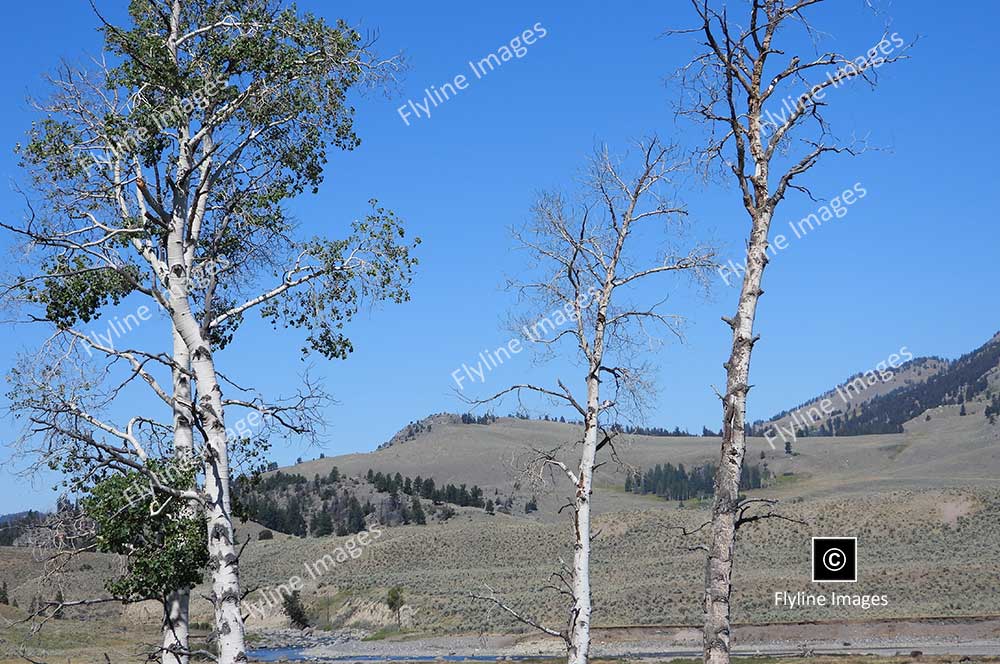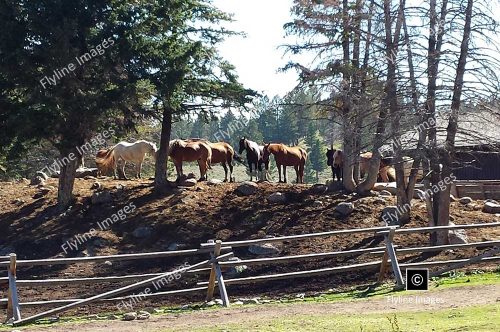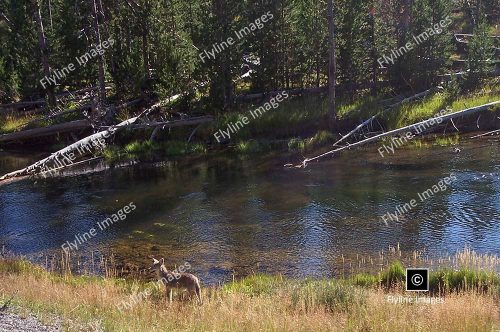Aspen trees, particularly the quaking aspen (Populus tremuloides), play a significant role in the ecosystems of Yellowstone National Park.
Aspen Trees DSCN2673
$15.00
Description
Aspen trees, particularly the quaking aspen (Populus tremuloides), play a significant role in the ecosystems of Yellowstone National Park. Known for their striking white bark and vibrant golden leaves in the fall, these trees thrive in the park’s varied landscape, often found in clusters due to their unique root system that allows for vegetative reproduction. Aspen groves provide vital habitat for numerous wildlife species, including deer, elk, and various birds, while also contributing to biodiversity by supporting a range of understory plants.
Furthermore, aspens are known for their rapid growth and ability to regenerate after disturbances, making them a key player in the ecological resilience of Yellowstone’s forests.
Aspen trees also have historical and cultural significance in Yellowstone National Park. Native American tribes, such as the Shoshone and Crow, used parts of the aspen tree for food and medicinal purposes. The bark was used to make baskets, while the leaves were ground into a powder for treating various ailments.
In addition to their ecological and cultural importance, aspens also play a role in the park’s recreational activities. Hiking through an aspen grove during peak fall colors is a popular activity among visitors, providing breathtaking views and photo opportunities. In winter, cross-country skiing trails wind through these groves, showcasing their beauty year-round.
Despite their importance in Yellowstone’s ecosystem, aspen trees face various threats, including climate change and human disturbance. Rising temperatures and changes in precipitation patterns can lead to drought stress, making the trees more susceptible to disease and insect infestations. Human activities such as logging, grazing, and road construction can also impact aspen populations.
To protect and preserve these iconic trees, Yellowstone National Park has implemented management strategies such as prescribed burns and controlled grazing to mimic natural disturbances that promote aspen growth. The park also conducts ongoing research on these trees’ health and monitors their population trends.
Image & Download Information
For this product, we have provided 3 image size options, Large 2500 x 4000, Medium 1250 x 2000 and Small 625 x 1000. When you purchase this photo, you will receive an email confirmation of your order. That email will summarize your purchase and provide you with the download links for the images and videos you purchased.






